On June 14, the Sustainable Development Goals Center for Africa released its 2019 Index and Dashboards Report, which assesses the impact of government efforts on achieving the Sustainable Development Goals (SDGs). The assessment covers data gaps, national strategies, budgeting practices, stakeholder engagement, coordination at the executive level, and legislative actions throughout 52 African countries (Seychelles and Libya are excluded for lack of data). This year’s report repeats previous SDG Center for Africa assessments that rank North Africa as the best-performing region on the continent and Central Africa as the worst-performing region, though individual countries have reached different levels of progress towards each of the 17 goals.
One major finding of the report is that the majority of African countries are on track to reach only one SDG, SDG 13, which concerns taking urgent action to combat climate change and its impacts. As the SDG Index Ranking itself is a measurement of the adoption of policies and not their results, progress toward SDG 13 does not indicate empirical progress toward combating climate change’s effects or related SDGs, such as ensuring access to affordable and clean energy (SDG 7), conserving and sustainable use of marine resources (SDG 14), and protecting and restoring land resources and ecosystems (SDG 15). Table 1 shows African countries’ advancements toward the SDGs, providing a generalized picture of progress and which goals require significant action.
Table 1: Summary of trends toward SDGs across all countries for 15 of 17 goals
Note: Goals 10 and 12 are excluded due to lack of time-series data for trend analysis. Green arrows indicate being on track to achieve the specific SDG. Yellow arrows indicate progress above 50 percent of the required growth rate, but below the necessary rate to achieve the goal. Orange arrows indicate stagnation or an increase at a rate below 50 percent of the growth rate required to achieve the goal. Red arrows indicate movement in the wrong direction.
Source: Africa SDG Index and Dashboards Report 2019.
African countries’ efforts and implementation of the 2030 Sustainable Development Agenda are generally stagnating—indicated by the orange arrows in Table 1. Similar to the analysis about countries’ progress toward complementary SDGs on climate change, there is a positive correlation among Goals 1 through 9, 11, 16, and 17. If countries exhibit even slow progress in one of these goals, they are highly likely to exhibit progress in related goals.
A companion report, Sustainable Development Goals Three-Year Reality Check, which the SDG Center for Africa also released this week, highlights some key obstacles to achieving the SDGs. First, data is available for only 40 percent of indicators laid out in the SDG data framework, making it difficult to track progress. In fact, according to the authors, “Data gaps predominate and not enough development data was available to conduct a rigorous midterm performance review.” Second, the SDGs continue to lack accountability mechanisms, including no mandatory reporting mechanisms for tracking progress. While a voluntary system exists, only 19 African countries have signed up and report on a limited set of indicators. Finally, the nonbinding mechanism for reporting and the challenge in tracking progress have also made financing the SDGs difficult with Africa facing an annual funding gap between $500 billion and $1.2 trillion.
The Brookings Institution is committed to quality, independence, and impact.
We are supported by a diverse array of funders. In line with our values and policies, each Brookings publication represents the sole views of its author(s).

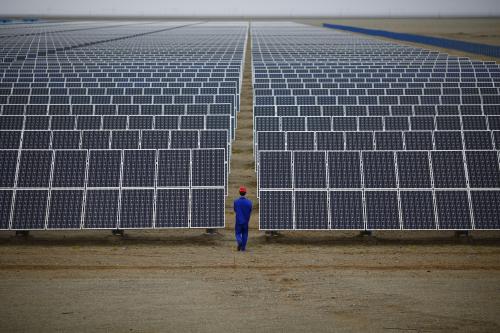
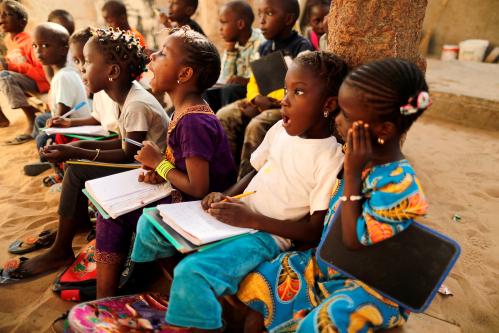
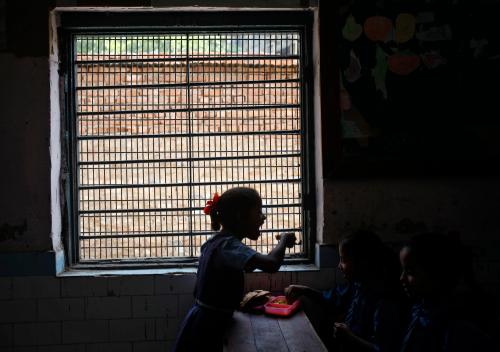

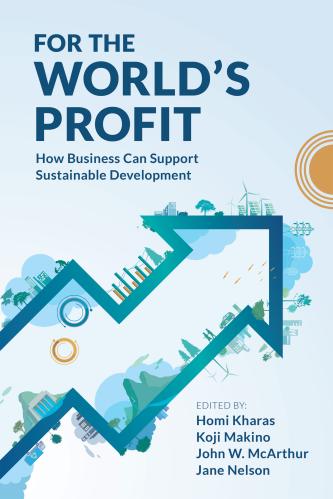
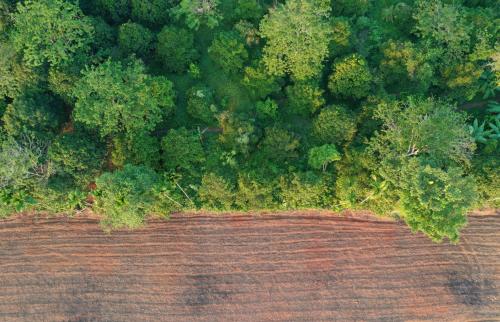
Commentary
Figure of the week: Progress on SDGs in Africa
June 19, 2019